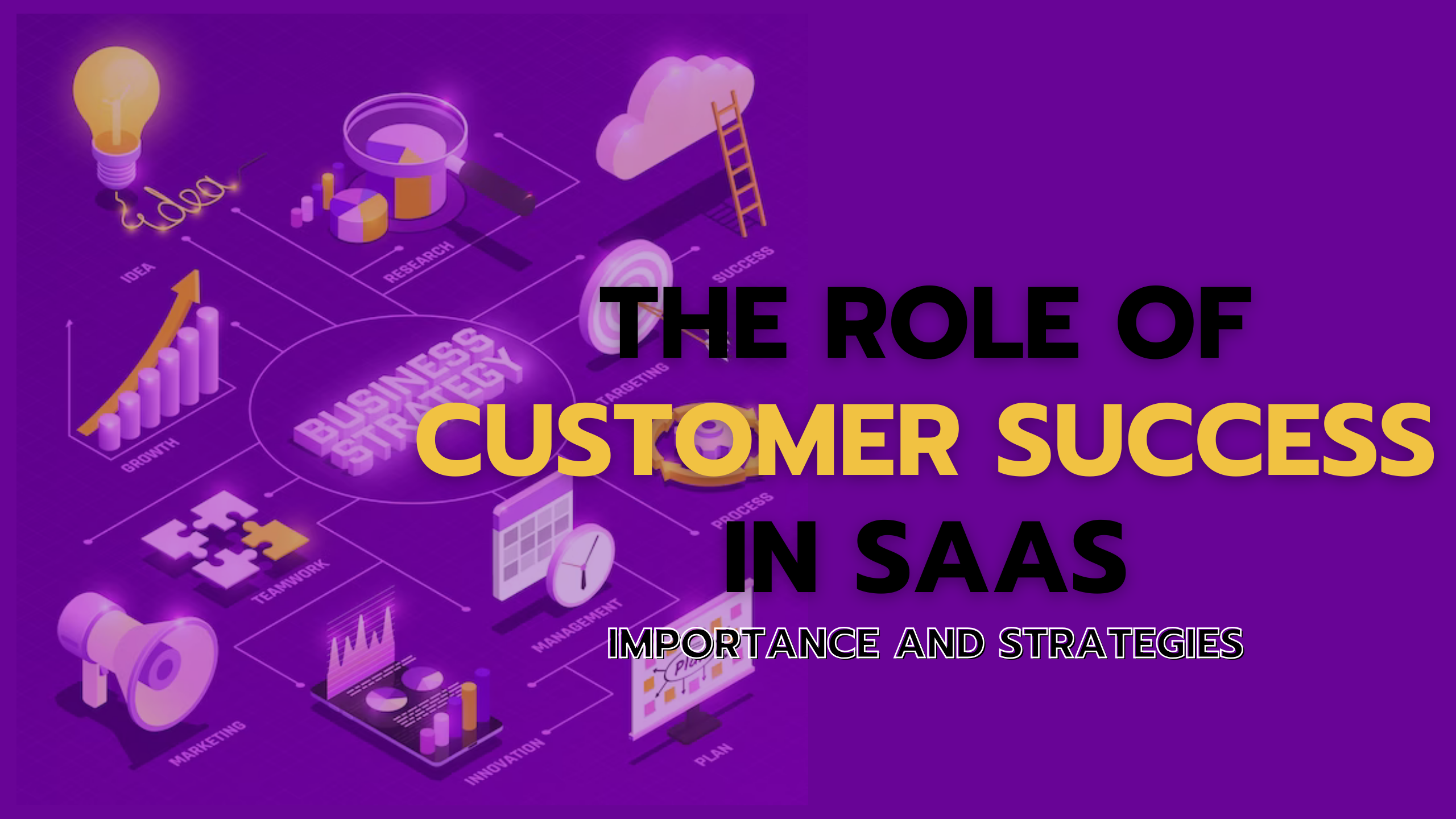The Role of Customer Success in SaaS: Importance and Strategies
- Proposal Software Customer Relationship Management


The Role of Customer Success in SaaS: Importance and Strategies
Customer success plays a pivotal role in the success and sustainability of Software as a Service (SaaS) products. This article explores the significance of customer success in the SaaS landscape and outlines effective strategies for ensuring customer satisfaction and retention. Additionally, we’ll showcase examples of SaaS products that excel in prioritizing customer success.
Understanding the Importance of Customer Success in SaaS
Customer success is more than just a support function; it’s a proactive approach to ensuring customers derive value from a SaaS product throughout their journey. Here are key reasons why customer success is crucial in the SaaS industry:
- Maximizing Value Realization:Customer success focuses on helping users maximize the value they receive from a SaaS product. For instance, Salesforce, a leading CRM platform, provides extensive training resources to ensure users leverage the full potential of their solutions.
- Reducing Churn and Increasing Retention:Proactive customer success efforts contribute to lower churn rates and higher customer retention. An excellent example is Zendesk, a customer service and engagement platform, which offers personalized onboarding to enhance user satisfaction and loyalty.
- Driving Upsell and Cross-Sell Opportunities:Successful customer relationships open avenues for upselling and cross-selling additional features or services. HubSpot, an inbound marketing and sales platform, utilizes customer success to identify upsell opportunities based on user needs.
- Building Advocacy and Referrals:Satisfied customers become advocates, leading to organic referrals and positive word-of-mouth. Consider Zoom, a video conferencing platform, which relies on customer success to cultivate a community of advocates who promote its services.
- Continuous Improvement and Feedback Loop:Customer success fosters a continuous feedback loop, guiding product enhancements and improvements. Intercom, a customer messaging platform, actively seeks user feedback to enhance its features and functionalities.
Effective Strategies for Customer Success in SaaS
To ensure effective customer success in SaaS, businesses can implement the following strategies:
- Proactive Onboarding:Offer comprehensive onboarding processes to help users quickly and effectively adopt the SaaS product.
- Educational Resources:Provide a wealth of educational resources such as tutorials, webinars, and documentation to empower users.
- Regular Check-ins and Communication:Conduct regular check-ins to assess user satisfaction and address any issues or concerns promptly.
- Personalized Support:Offer personalized support tailored to the unique needs and challenges of individual users.
- Customer Community Building:Foster a sense of community by encouraging user interactions, feedback, and knowledge sharing.
SaaS Products Exemplifying Customer Success
- SalesforceExtensive training resources and personalized support.
- ZendeskProactive onboarding and personalized support.
- HubSpotIdentifying upsell opportunities based on user needs.
- ZoomCultivating a community of advocates for organic referrals.
- IntercomActively seeking user feedback for continuous improvement.
Conclusion
Customer success is a linchpin in the SaaS ecosystem, contributing to value realization, customer retention, and overall business success. By implementing proactive strategies and learning from exemplary SaaS products, businesses can elevate their customer success initiatives and build lasting relationships with users.
Explore more about these SaaS products by visiting their respective websites: Salesforce, Zendesk, HubSpot, Zoom, and Intercom.





